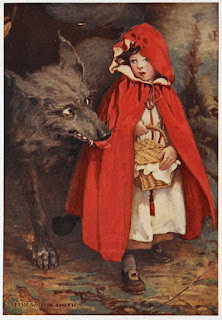Exploring possible hidden meanings in the Grimm brothers fairy tales allows us to challenge preconceived ideologies. Exploring the significance of food and doing research for this blog has blown me away as I've come to interpret certain items of food or the roles that food plays in these fairy tales in a completely new light. The symbolism of food is such a rich theme to identify and there is extensive research on it, with this blog now contributing to that extensive research.
All of the Grimm brother's fairy tales are undeniably great and have many interesting undertones. We have come to understand that food in the Grimm brother's fairy tales have a deeper meaning to what we are presented with at face value. We know for a fact that their own personal experiences contribute to the way food is depicted in their fairy tales, but we cannot be certain for interpreting food symbolism and whether it was intentional. However, sometimes maybe the symbols are "more coincidental than a product of collective mind or something similar." [1].
"With every fairy tale explored, we always learn something new about our world, our history, and about ourselves." [1]
I want to thank you ever so much for being my company!
References[1] https://owlcation.com/misc/red_riding_hood






